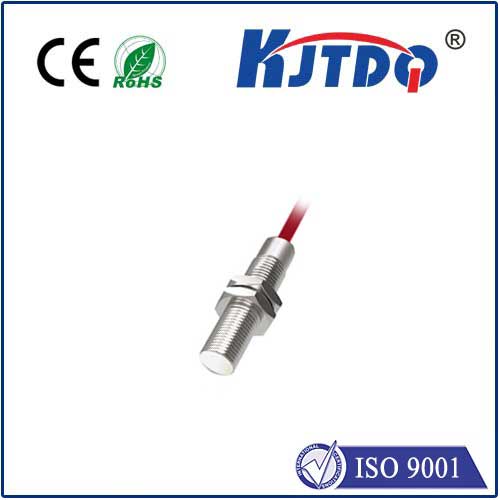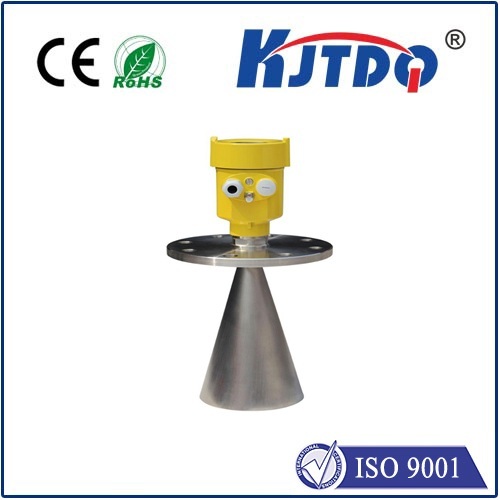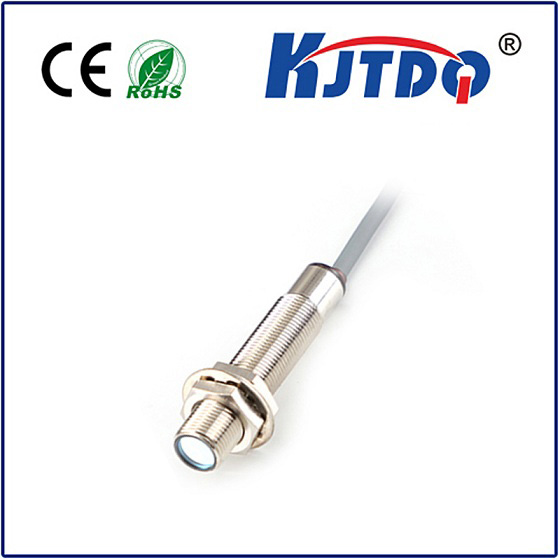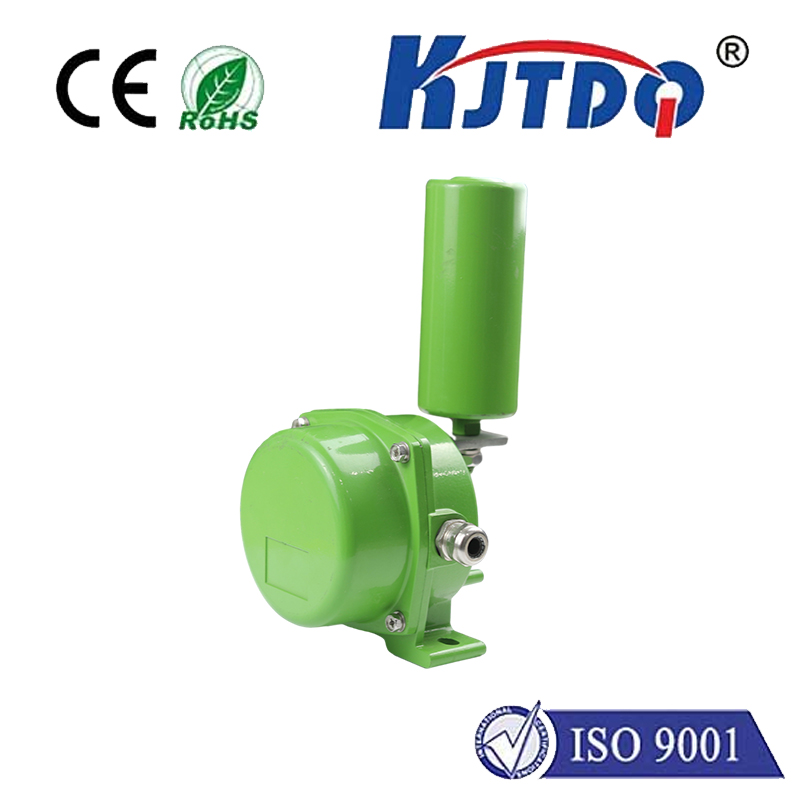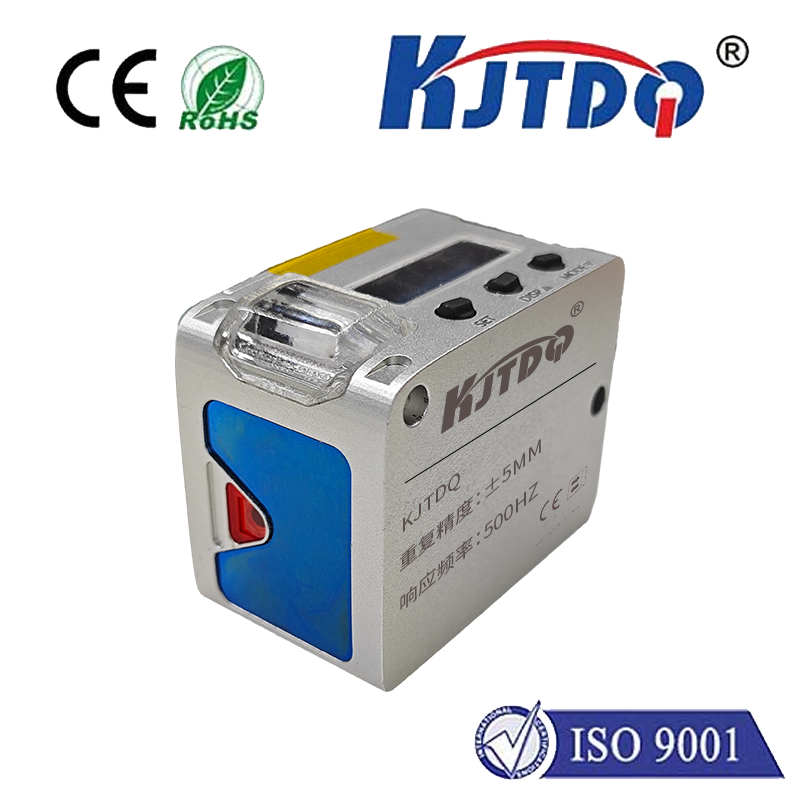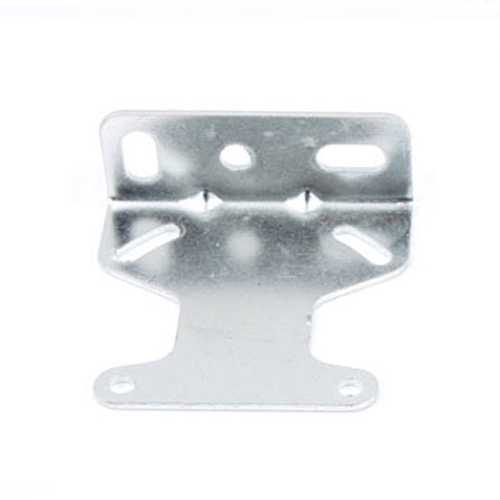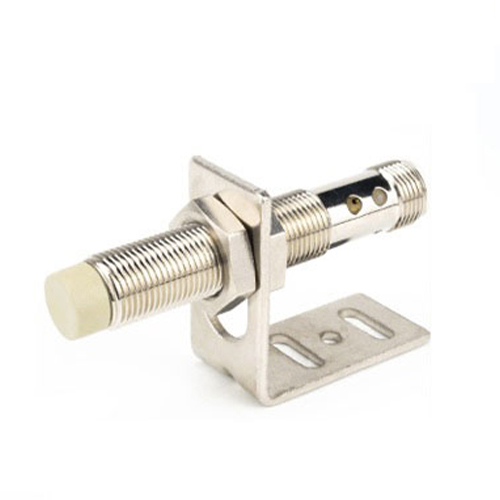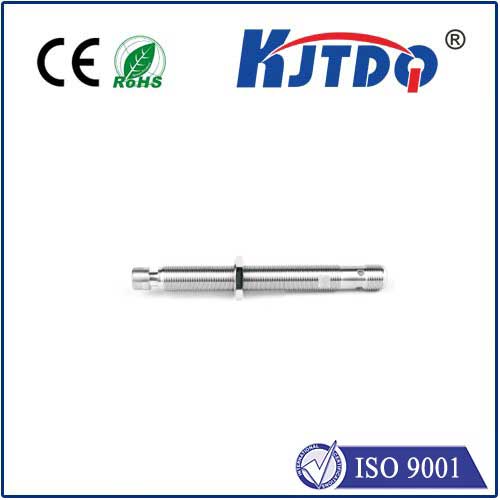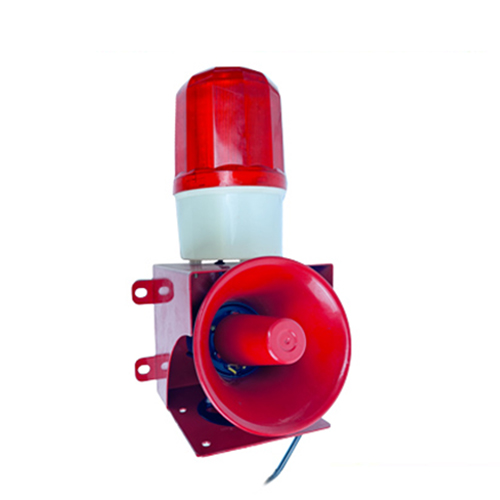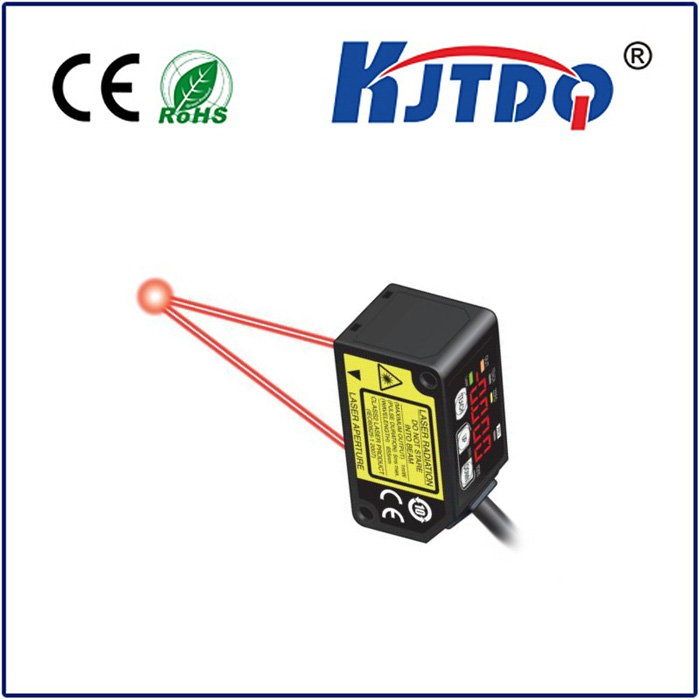Ultrasonic vs. Laser Distance Measurers: Which Technology Delivers Precision and Efficiency? In a world where accuracy and speed define success, professionals across industries—from construction to robotics—rely on advanced tools to measure distances with minimal error. Enter ultrasonic laser distance measurers, two cutting-edge technologies that have revolutionized spatial measurement. But which one truly meets the demands of modern applications? This article dives into the science, strengths, and limitations of both systems, helping you choose the right tool for your needs.
Ultrasonic distance measurers operate using sound waves. These devices emit high-frequency pulses (typically 40 kHz) that bounce off objects and return to the sensor. By calculating the time delay between emission and reception, the tool estimates distance. This method, known as time-of-flight (ToF), is cost-effective and works well in environments with obstructions like dust or fog. On the other hand, laser distance measurers rely on light waves. A laser diode fires a focused beam toward a target, and a sensor detects the reflected light. Using the same ToF principle—or sometimes phase-shift analysis—the device computes distance with exceptional precision. Lasers excel in open spaces and are unaffected by ambient noise, making them ideal for outdoor use.
When comparing ultrasonic and laser systems, three factors stand out:
Indoor Mapping: Ideal for real estate agents measuring room dimensions through furniture.

Робототехника: Used in obstacle detection for autonomous robots navigating cluttered spaces.
Industrial Tanks: Monitoring liquid levels in opaque containers where lasers fail.
Construction Sites: Surveyors rely on lasers for laying foundations or aligning structures over vast distances.
Forensics: Crime scene investigators use laser scanners to create 3D models with sub-millimeter accuracy.
Renewable Energy: Installing solar panels requires precise spacing calculations—a task lasers handle effortlessly.
Selecting between ultrasonic and laser systems depends on your project’s requirements:
Innovations continue to blur the lines between these technologies. Hybrid systems, combining ultrasonic and laser principles, are emerging for specialized applications. For instance, LiDAR (Light Detection and Ranging) integrates laser pulses with advanced sensors for 3D mapping—a staple in autonomous vehicles. Meanwhile, AI-driven ultrasonic arrays are enhancing accuracy in smart home devices. As industries demand faster, smarter tools, the rivalry between ultrasonic and laser measurers will drive progress. Yet, for now, understanding their core strengths ensures you invest in a solution that delivers precision, efficiency, and reliability.
By weighing factors like environment, range, and budget, professionals can harness the full potential of these technologies. Whether you’re building the next skyscraper or programming a robot, the right distance measurer is key to turning vision into reality.
